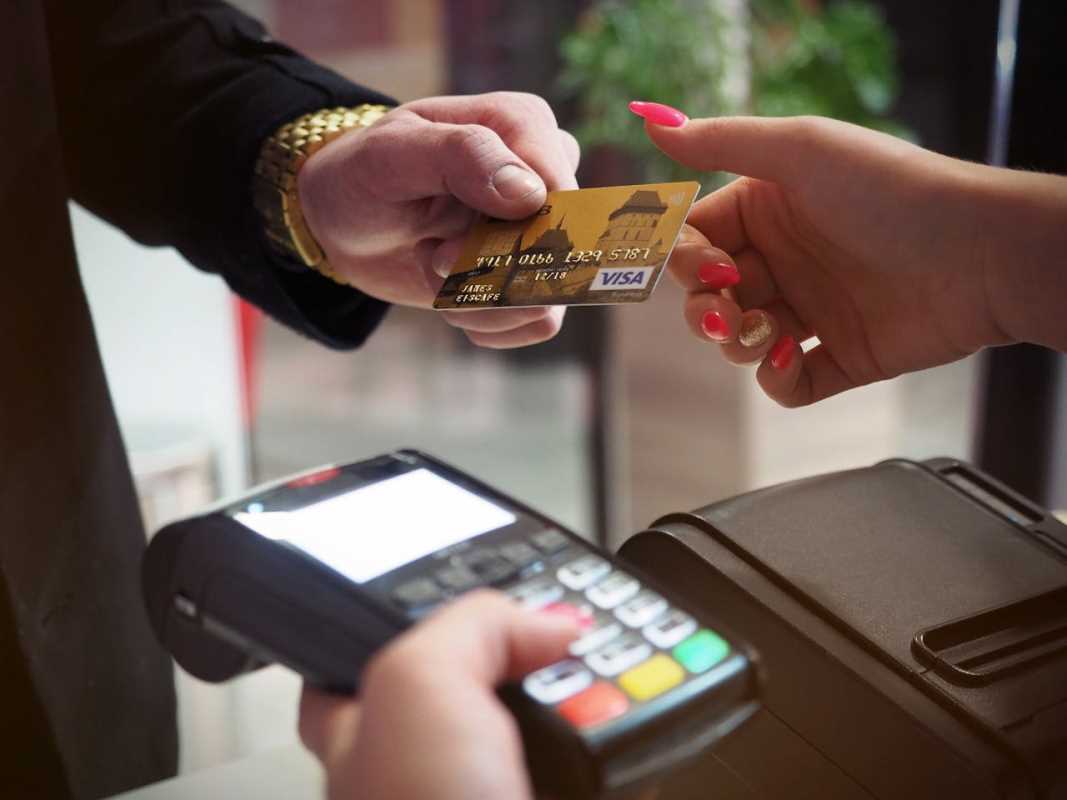College life is exciting, but it’s no secret that managing money can be tough while juggling tuition, rent, groceries, and social outings. If you're a student looking for ways to stretch your dollars further, cashback apps might just become your best-kept secret. These simple yet powerful tools can help you cut costs on everyday expenses with little extra effort. Here’s how they work and why adding them to your money-saving strategy is a no-brainer.
What Are Cashback Apps, and How Do They Work?
Cashback apps are platforms that reward you by giving a percentage of your money back when you shop through their system, either online or in-store. Here’s the basic idea: when you buy something, these apps partner with retailers to track your purchases and return a portion of the cost to you, usually in the form of cash, gift cards, or rewards points. Think of it as getting paid for shopping smart!
Most cashback apps operate through affiliate marketing. When users shop through the app or its links, the company earns a commission from the retailer and shares part of that with you as cashback. The more you use them, the more you save on purchases you’d likely be making anyway.
These apps are versatile, covering a range of categories like groceries, clothing, electronics, and even dining out. For anyone balancing the cost of textbooks and weekend plans, cashback apps offer an easy way to reduce your financial stress while keeping your lifestyle intact.
Popular Cashback Apps to Consider
Not all cashback apps are created equal. Some focus on specific stores, while others cast a wider net. Here are a few student-friendly options to get you started:
1. Rakuten
Rakuten is a cash-back giant that partners with over 3,500 retailers, from Amazon to Target. By shopping through their app or browser extension, you can earn up to 40% cashback, depending on the retailer. If you’re booking flights to visit family or grabbing a laptop for school, Rakuten even covers travel and tech.
What sets Rakuten apart? It offers a $30 sign-up bonus for new users who spend a certain amount. Plus, cashback is paid quarterly via check or PayPal, making it easy to track your earnings.
2. Ibotta
Ibotta is perfect for grocery shopping, one of the biggest expenses for students. It works by letting you browse for offers on the app before heading to the store. Upload your receipts after shopping, and your account is credited with cashback.
Ibotta also partners with major grocery chains like Walmart, Kroger, and Safeway. Want to save even more? Link your loyalty cards directly to the app to streamline the process and snag exclusive discounts.
3. Honey
If you're an avid online shopper, Honey might be a game-changer for you. Known mainly as a coupon finder, Honey also offers cashback through its Honey Gold program. When you shop through its extension, you’ll earn points that can be redeemed for gift cards.
The browser extension automatically applies coupon codes at checkout, so you’re not only earning cashback but also saving with discounts. It’s like having a virtual savings assistant.
4. Dosh
If linking your credit or debit card and earning cashback automatically sounds appealing, Dosh might be your go-to. There’s no need to upload receipts or search for deals. Dosh works quietly in the background, crediting your account with cashback every time you shop or dine out at participating locations.
For busy students who don’t want to put extra effort into saving, Dosh’s hands-off approach makes it incredibly efficient.
5. Fetch Rewards
Similar to Ibotta, Fetch Rewards pays you cashback for scanning receipts. The difference? Fetch is less restrictive about where you shop. Just upload your receipts, earn points for qualifying purchases, and redeem them for gift cards. It’s flexible and perfect for students who shop irregularly or at smaller stores.
Tips to Maximize Your Cashback Savings
To get the most out of cashback apps, you’ll need strategy and consistency. Here are some strategies to maximize the benefits:
- Stack Your Savings. Use cashback apps in combination with store sales, coupons, or student discounts. For example, if your campus bookstore offers a loyalty program, you can double-dip by using Rakuten first!
- Be Consistent. Always check your cashback app before making a purchase, even for small items. Over time, those cents can add up to significant savings.
- Set Alerts. Some apps allow you to set up notifications for cashback deals or coupon codes at your favorite stores. Take advantage of these features to catch savings on things you already plan to buy.
- Use Referral Bonuses. Many cashback apps offer referral bonuses when you invite friends. Getting roommates or classmates to join can help you score extra rewards.
- Automate Where Possible. Apps like Dosh and Fetch make it easy to save without adding more steps to your routine. A quick scan of your receipt or linking a card can yield surprising results.
- Cash Out Regularly. Regularly transfer your cashback earnings to your bank account or convert points into gift cards so you can track how much you’ve saved.
Why Every Dollar Counts
For many students, the idea of saving an extra dollar or two on groceries or clothes may not seem like a game-changer. But here's the thing: those small savings add up fast. If you manage to save $20 a month using cashback apps, that's $240 a year. For students relying on part-time work or budgets, this can mean extra funds for essentials or even a few well-deserved treats.
Plus, using these apps teaches lifelong money-saving habits. It’s not just about spending less but learning to be aware of where your money goes. These tools help you make intentional choices, boosting financial independence as you prepare for life after graduation.
With so many options available, there’s no reason not to give them a try. Download a couple of apps, start small, and watch your savings grow.
 (Image via
(Image via





